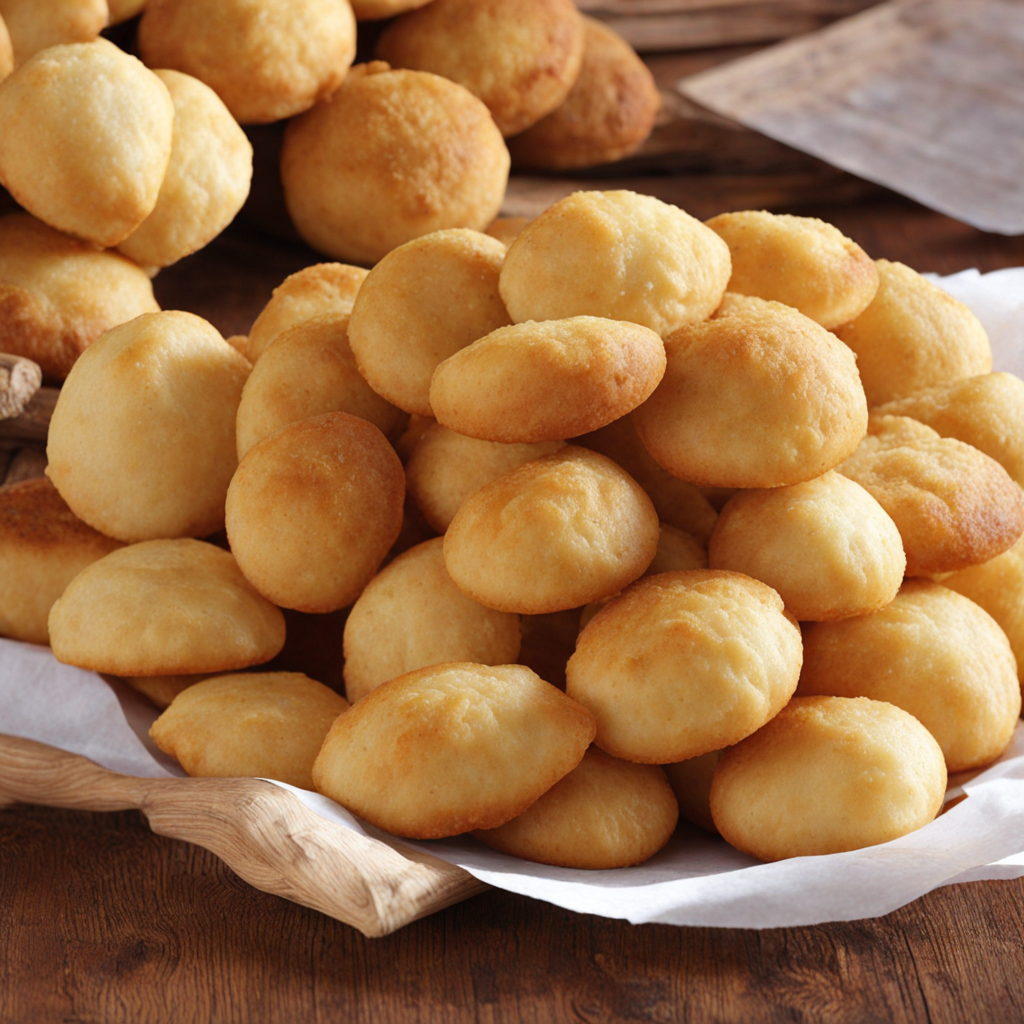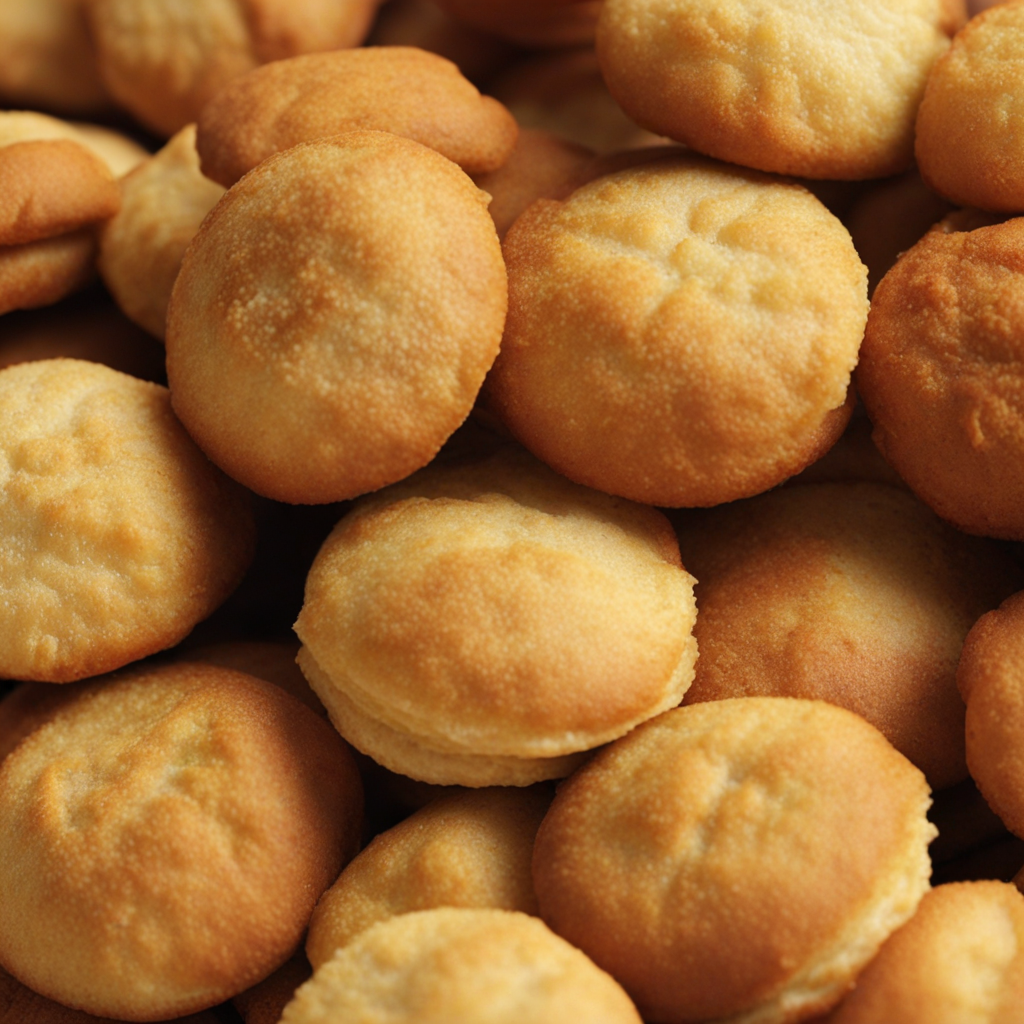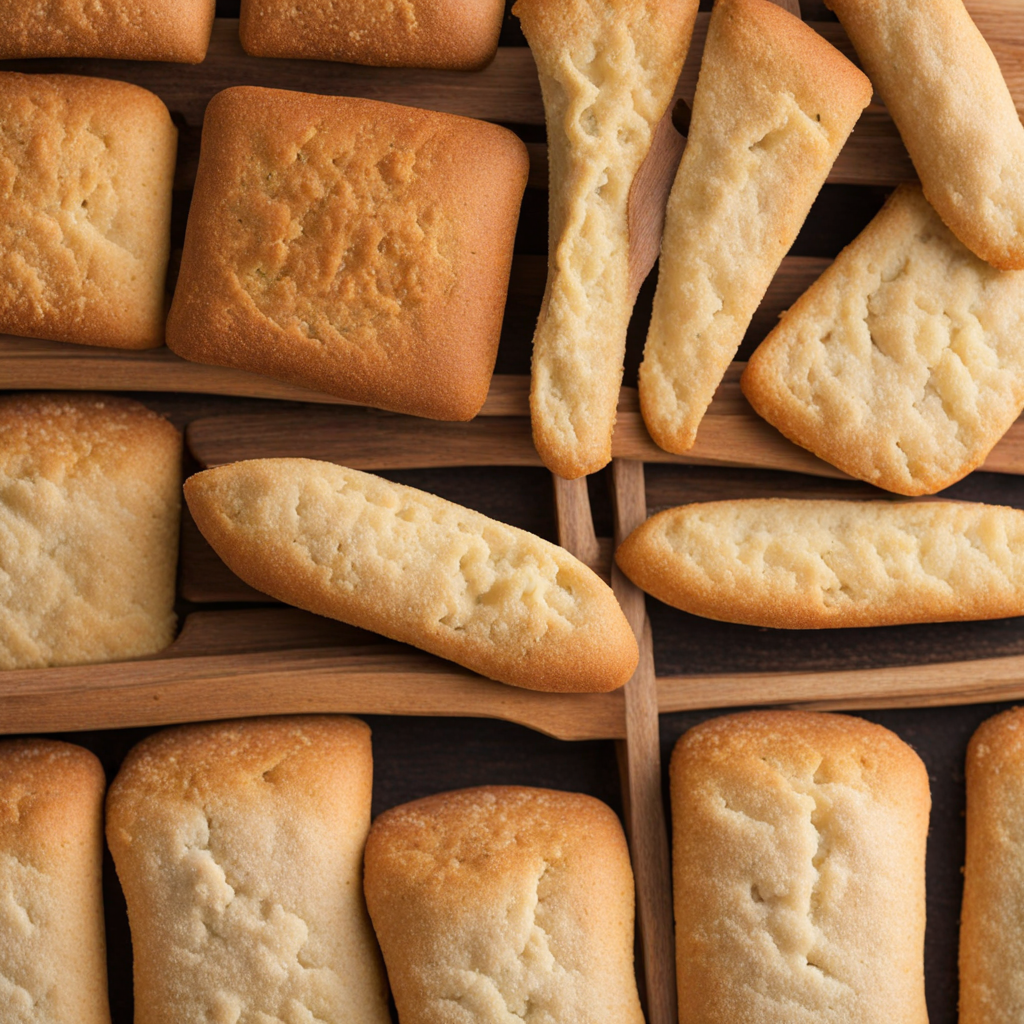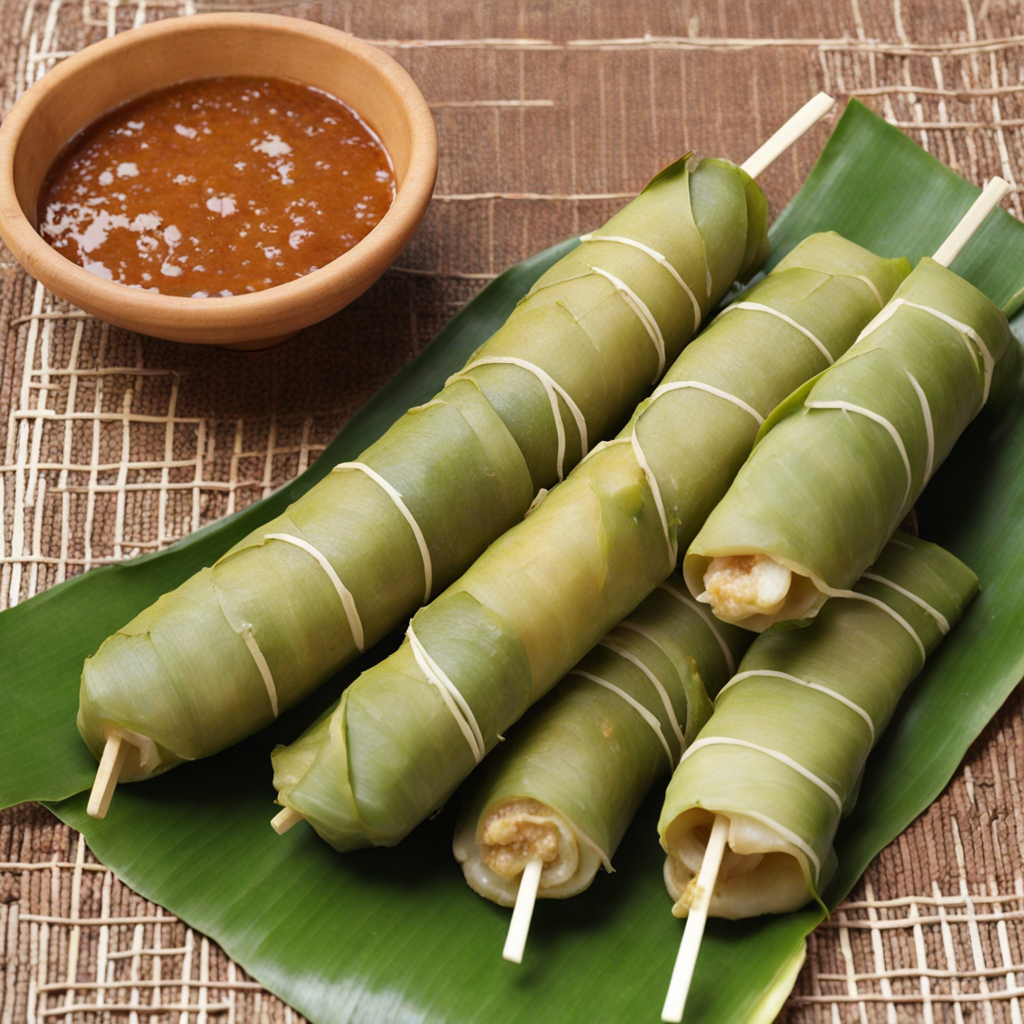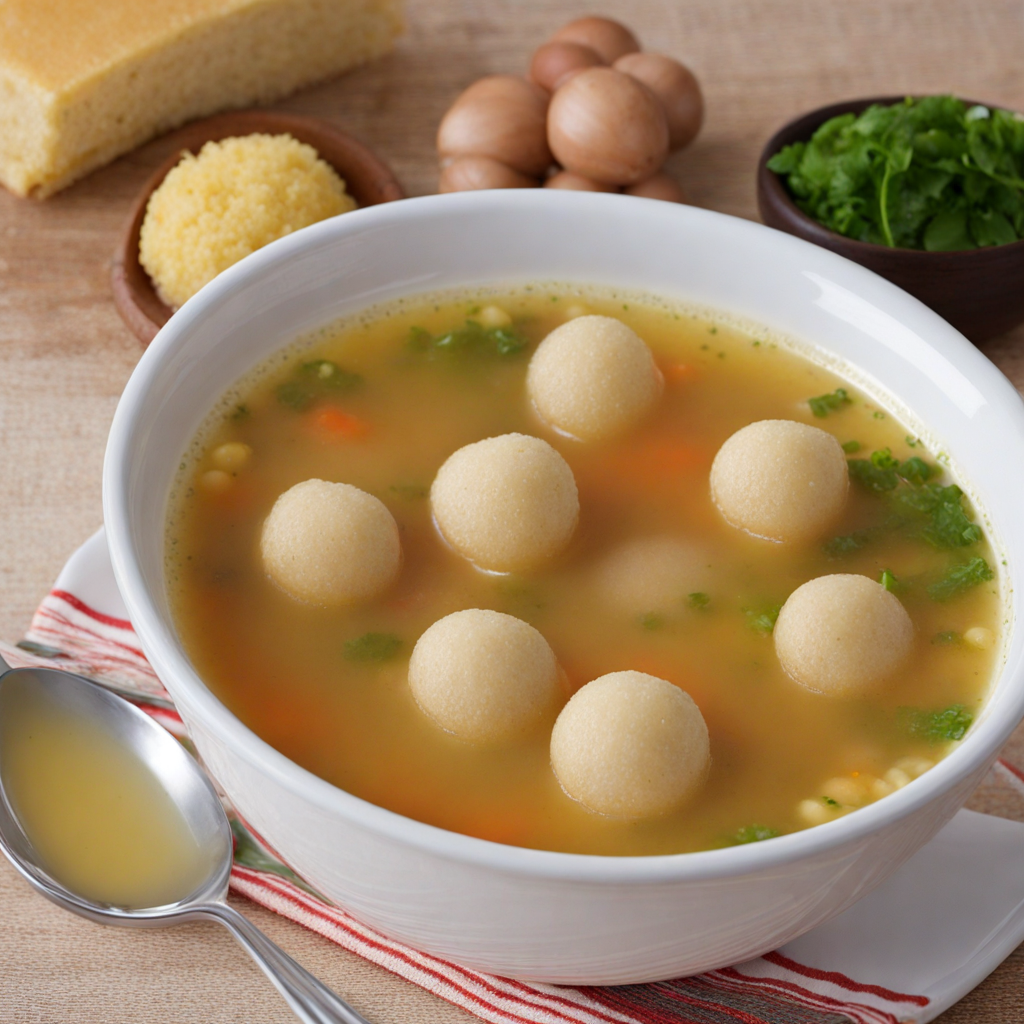Chipa San José
Chipa San José is a delightful treat hailing from Paraguay, specifically associated with the eastern region of the country. This traditional cheese bread is made with a unique blend of ingredients that showcase the rich culinary heritage of Paraguay. The key components include cassava flour, which gives it a distinct chewy texture, and fresh cheese, often a local variety, that melts beautifully during baking. The dough is typically enriched with eggs and milk, creating a luscious, savory flavor that is both comforting and satisfying. What makes Chipa San José particularly special is its preparation method. The dough is shaped into small, round pieces that are then baked until golden brown, resulting in a crispy exterior that gives way to a soft, airy center. Many variations exist, with some recipes incorporating herbs or spices to add depth to the flavor profile. The aroma that wafts from the oven during baking is irresistible, drawing people in and creating an undeniable sense of warmth and community around this cherished dish. Chipa San José is not just a snack; it is often enjoyed during celebrations, gatherings, and festive occasions. It embodies the spirit of Paraguayan culture and is typically served alongside mate, the traditional herbal tea. The combination of the cheesy bread with the earthy notes of mate creates an unforgettable culinary experience that invites you to savor every bite. Whether enjoyed warm out of the oven or at room temperature, Chipa San José is a delicious representation of Paraguay’s vibrant food scene, waiting to be discovered by adventurous palates.
How It Became This Dish
Chipa San José: A Culinary Heritage of Paraguay #### Origins and Historical Context Chipa San José is a traditional Paraguayan cheese bread that holds a special place in the hearts and kitchens of its people. Its origin can be traced back to the Guaraní indigenous culture, which flourished in the region long before the arrival of the Spanish colonizers in the 16th century. The Guaraní people cultivated cassava (yuca), a starchy root that became a staple in their diet. They also raised cattle, which allowed for the production of cheese, leading to the creation of various dishes that integrated these key ingredients. The name "Chipa" itself comes from the Guaraní word "chipá," which means "bread made with cheese." Initially, chipa was a simple preparation made by mixing cassava flour with cheese and sometimes seasoned with herbs. It was primarily cooked in the ashes of a fire, a method that lent a distinct smoky flavor to the bread. This basic form of chipa laid the groundwork for the evolution of various regional adaptations. #### Cultural Significance Chipa San José is intrinsically linked to the feast day of Saint Joseph (San José), celebrated on March 19th. This day is not only a religious observance for many Paraguayans but also an occasion for families and communities to come together, reflecting the deep-rooted traditions of sharing and communal eating. Chipa is often prepared in large batches ahead of this celebration, symbolizing unity and the sharing of blessings. The bread is also significant as a representation of Paraguay’s cultural identity. It embodies the fusion of indigenous and European culinary practices that emerged during the colonial period. While the Guaraní people brought the use of cassava and traditional cooking techniques, the Spanish introduced dairy farming, which led to the production of cheese. Chipa San José stands as a testament to this rich cultural tapestry, showcasing how food can serve as a vehicle for history and identity. #### Ingredients and Preparation The traditional recipe for Chipa San José includes cassava flour, cheese (often a local variety like Paraguay cheese), eggs, milk, and sometimes anise seeds for flavor. The dough is mixed until it reaches a smooth consistency and then shaped into small rolls or rings before being baked until golden brown. The use of cassava flour instead of wheat flour is particularly significant, as it is gluten-free and reflects the agricultural practices of the region. The preparation of Chipa San José is often a communal activity, especially during the lead-up to the feast of Saint Joseph. Families gather to make large quantities, and it’s not uncommon to see generations working together, sharing stories and laughter. This aspect of preparation reinforces the importance of food as a means of bonding and preserving traditions. #### Evolution Over Time As Paraguay's culinary landscape evolved, so too did Chipa San José. While the basic recipe has remained relatively consistent, modern variations have emerged, reflecting changing tastes and influences. In urban areas, for example, bakers may experiment with different types of cheese or incorporate additional ingredients like herbs or spices, resulting in a diverse array of chipa styles. In recent years, Chipa San José has gained recognition beyond local borders, showcasing Paraguay’s culinary heritage to a broader audience. Food festivals and cultural events have highlighted this traditional bread, allowing chefs and home cooks alike to share their interpretations. This exposure has led to a renewed interest in traditional Paraguayan cuisine, encouraging younger generations to connect with their roots. Moreover, globalization has introduced new culinary influences, leading to a fusion of flavors. Some modern adaptations of Chipa San José incorporate ingredients such as jalapeños or sun-dried tomatoes, appealing to contemporary palates while still honoring the traditional roots of the dish. #### Chipa San José in Contemporary Paraguay Today, Chipa San José is more than just a festive bread; it has become a symbol of Paraguayan national pride. It is commonly found in bakeries, markets, and homes across the country. During the season of Lent, for instance, it is particularly popular, as many people seek meatless options during this time. The bread is often enjoyed as a snack, breakfast item, or accompaniment to meals, demonstrating its versatility. In addition to its culinary significance, Chipa San José has also been embraced by Paraguay’s efforts to promote cultural heritage. The bread is often featured in culinary tourism, where visitors are encouraged to experience authentic Paraguayan cuisine. Cooking classes and workshops focused on traditional dishes like Chipa San José have become popular, allowing locals and tourists alike to learn about the history and preparation of this beloved bread. #### Conclusion Chipa San José is more than just a delicious cheese bread; it is a living embodiment of Paraguayan history, culture, and community. From its indigenous roots to its place in contemporary culinary practices, Chipa San José reflects the resilience and adaptability of Paraguayan traditions. As it continues to evolve, this cherished bread not only serves as a staple in the diet of many Paraguayans but also as a reminder of the importance of food in fostering connections, preserving heritage, and celebrating cultural identity. As Paraguayans gather to prepare and enjoy Chipa San José, they participate in a ritual that transcends mere sustenance; they strengthen familial ties, honor their ancestors, and pass down a legacy that is as rich and diverse as the country itself. Whether enjoyed during a festive occasion or as part of everyday life, Chipa San José remains a delicious symbol of a proud and enduring culture.
You may like
Discover local flavors from Paraguay


